BIOMECHANICS OF THE CYCLIST: THE SIGNIFICANCE OF THE PODIATRY EXAMINATION THROUGH THE BIKE-FIT TECHNIQUE.
- The cycling coves, which make easier to us to adjust forward, back, rotation and to one side and another, are a very important determining factor in the kinematics chain of foot, knee and hip.
- The connecting rods, which make easier to us to adjust the kinematic chain of the lower member, saddle, which moves up, down, forward and back.
- The handlebars, which adjust its height and width to the cyclist.
- The power, which facilitates different slopes and distances of the handlebars in order to be nearer or farther from the cyclist, being an adjustment of the bow of the trunk, angles of elbows and, very important, the position of the pelvis, which will facilitate that hips move in optimum angles.
From our experience, we know it is very important to work on synergies among the different professionals in order to add up the sportsman/sportswoman. As a team between an expert on sporting biomechanics is very important. Regarding the bike-fit, the foot, the pelvis and the hands are the only elements which are in contact with the bike. Besides, the foot, is the main character to transmit to pedal the strength of all the lower chain. Therefore, podiatry is becoming very relevant.
Why?
Because there is a very important element, which is the cycling cove, as we have mentioned before, and it must have a perfect adjustment. This adjustment has the appropriate anteroposterior position of the cycling cove, the middle-lateral and the rotation. Therefore, the adjustment of the cycling cove must be perfect.
And, what will have an influence on this perfect adjustment?
Concerning what we call the podiatry examination, the key is to examine the sportsman’s/sportswoman’s foot both in sitting and standing through the podoscope or on the pressure platform on statics and dynamics. Our podiatrists notice what comes next:
- The morphology of foot.
- Movements and strength of toes.
- Movement of ankles.
- Shape of plantar footstep in charge.
- Position, movement and shape of tibiae regarding the morphology of the foot with different tests.
- Position of knees regarding the morphology of hips, tibiae and feet.
- Position of the pelvis, according to the trunk, morphology of hips, knees, tibiae and feet.
- To know if there is an asymmetry on the length of the legs, to ask for a telemetry (X-ray with osseous measures), in order to know the different osseous lengths in order to be able to correct with plantar supports in case there is an osseous difference.
- To know the lesions medical history.
Thus, to know all these data on a bike-fit are going to be fundamental to understand how the foot is going to work on pedaling and how must the positioning of the cycling coves be for each foot. The medical history about ankles, knees or hips is very important.

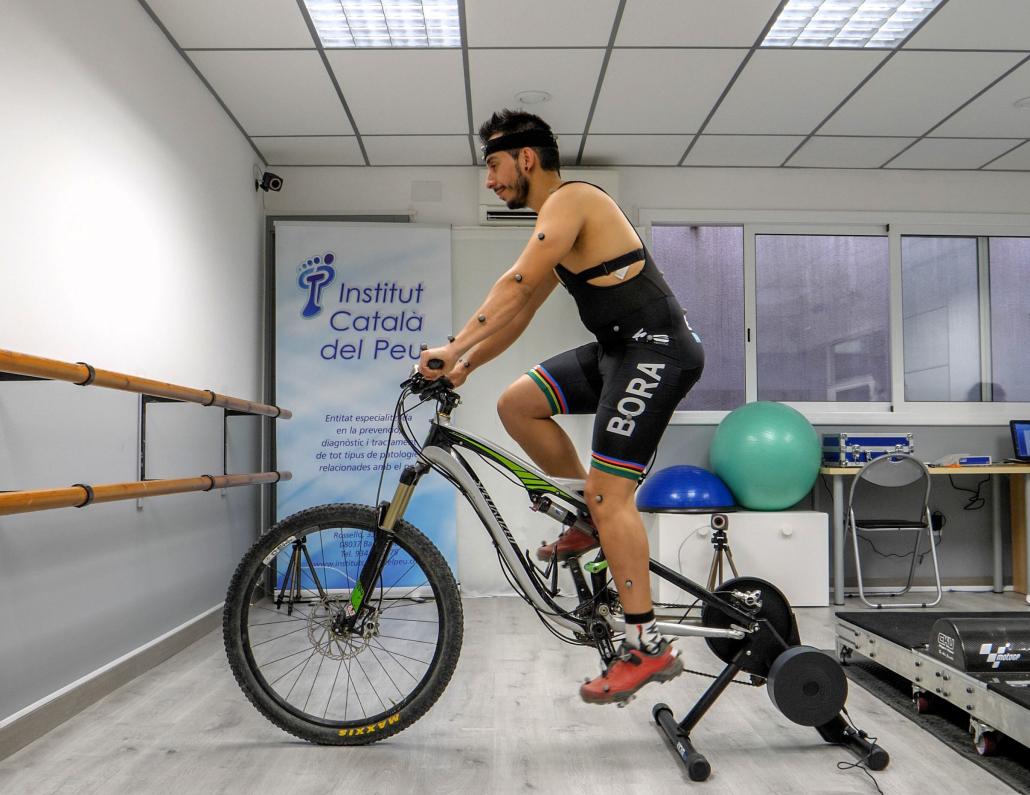
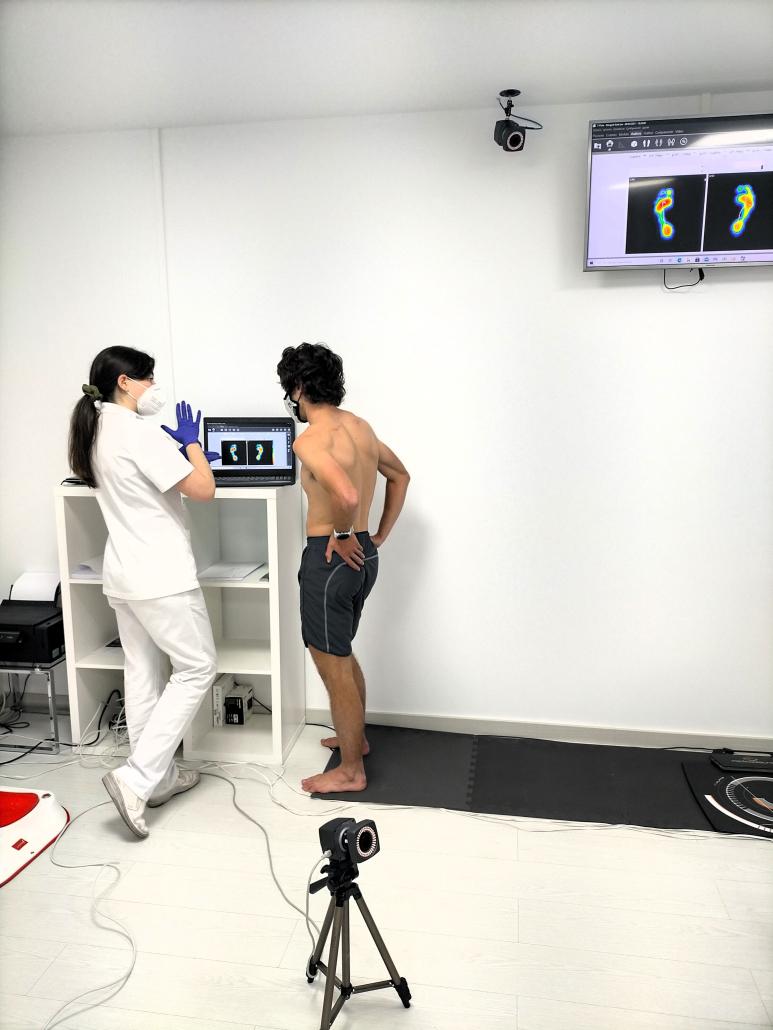
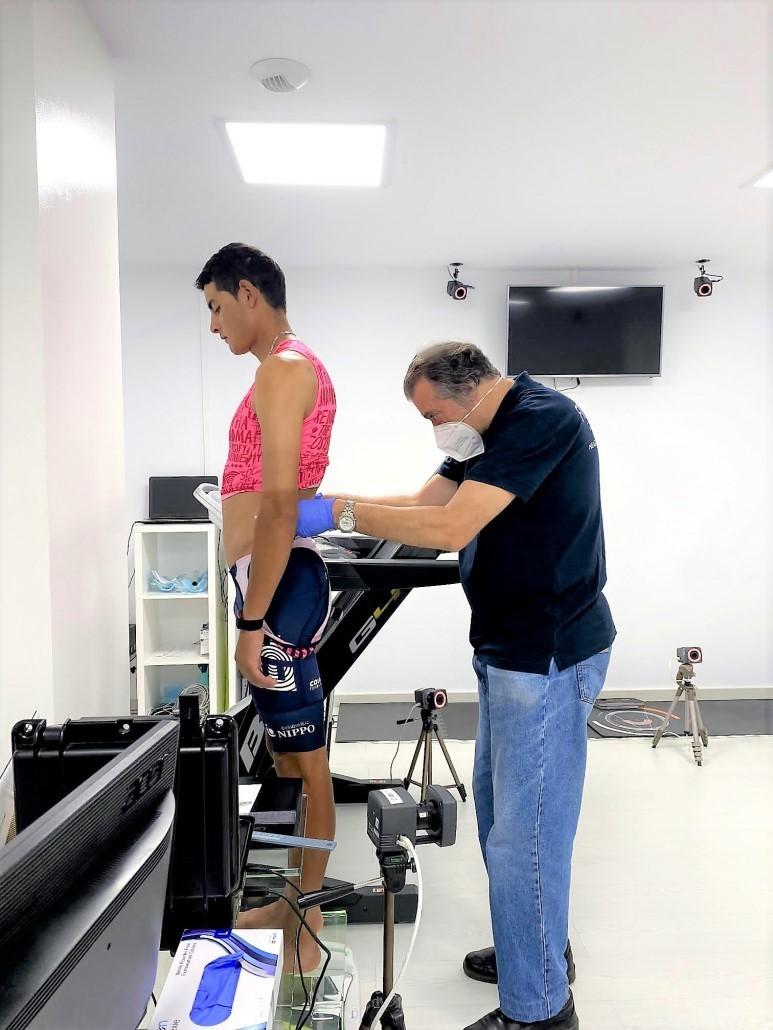

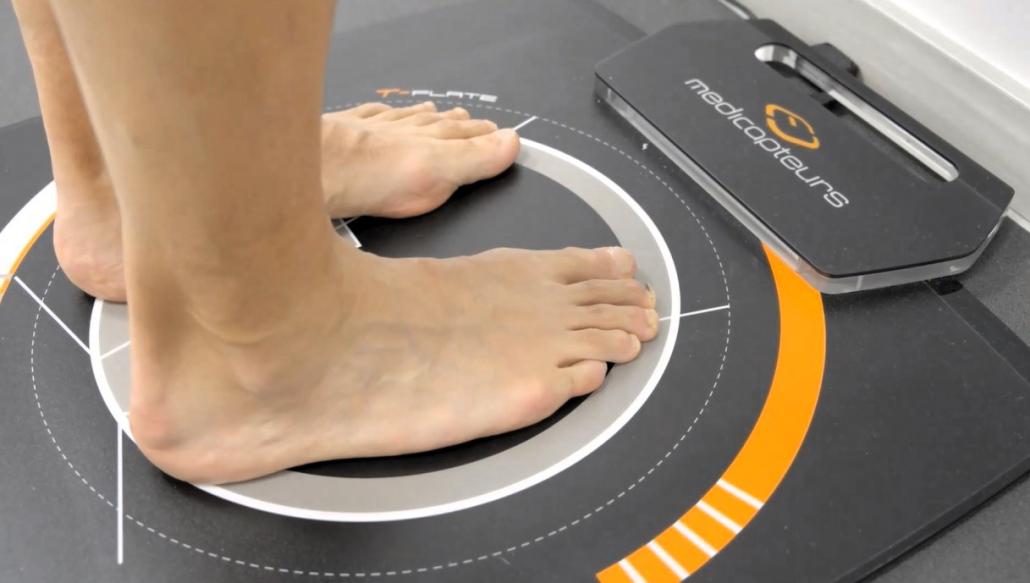

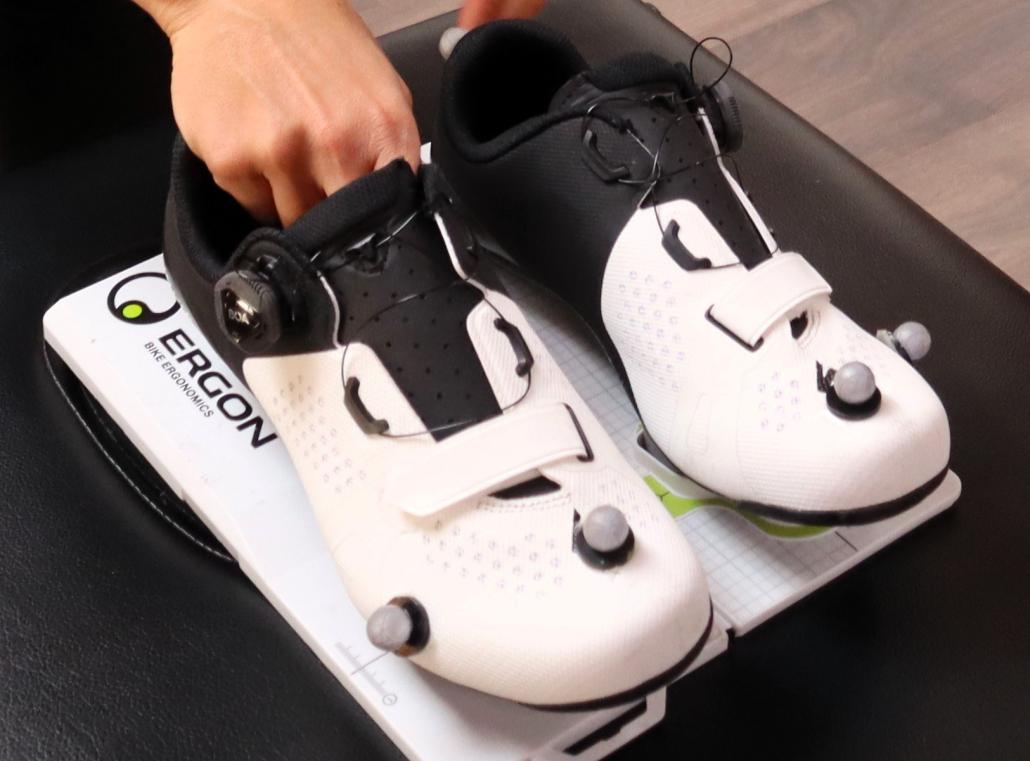


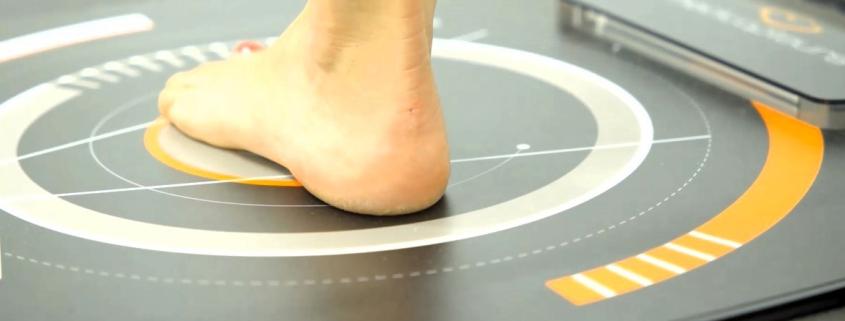







Leave a Reply
Want to join the discussion?Feel free to contribute!